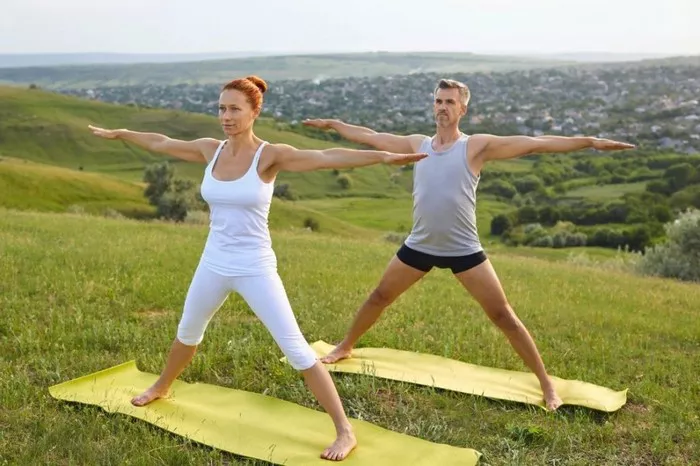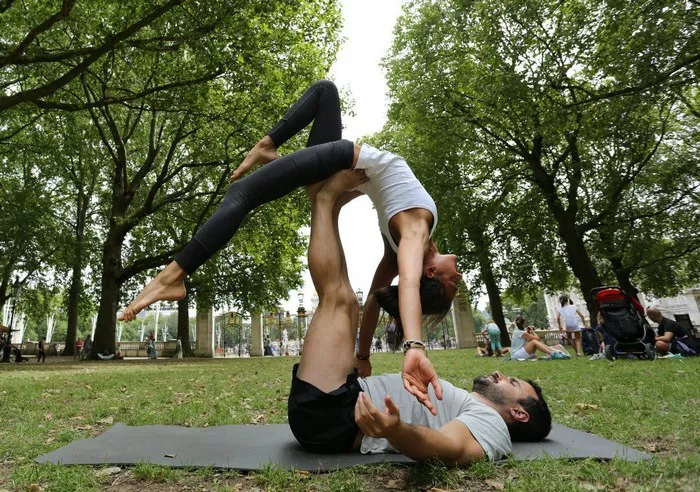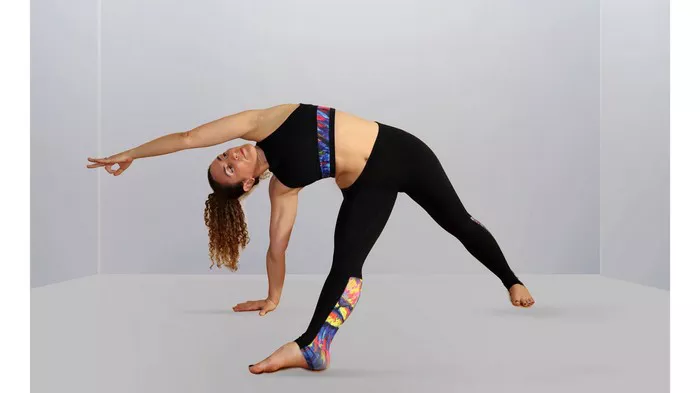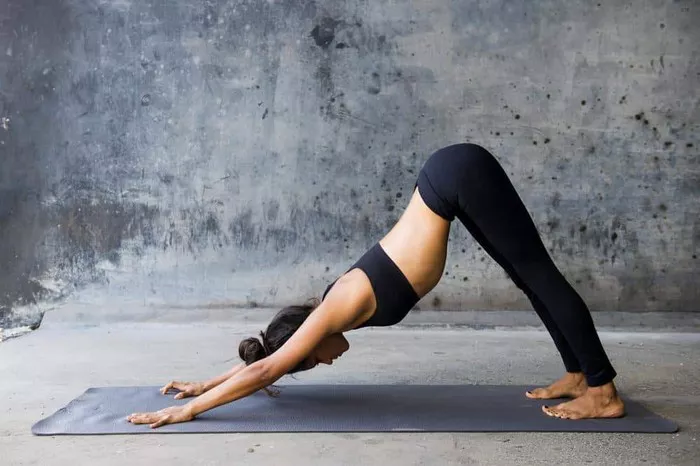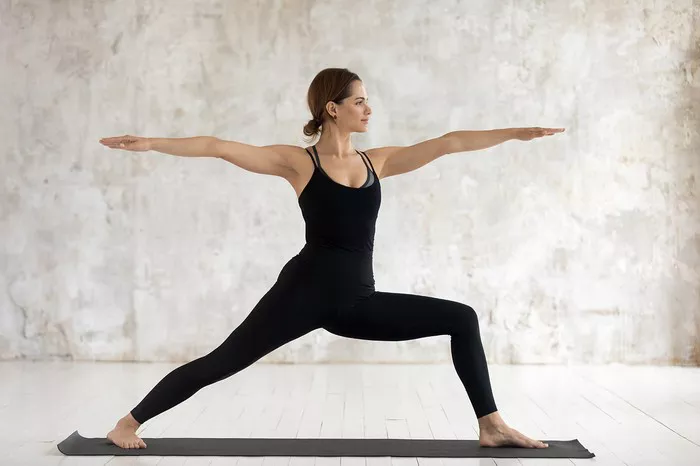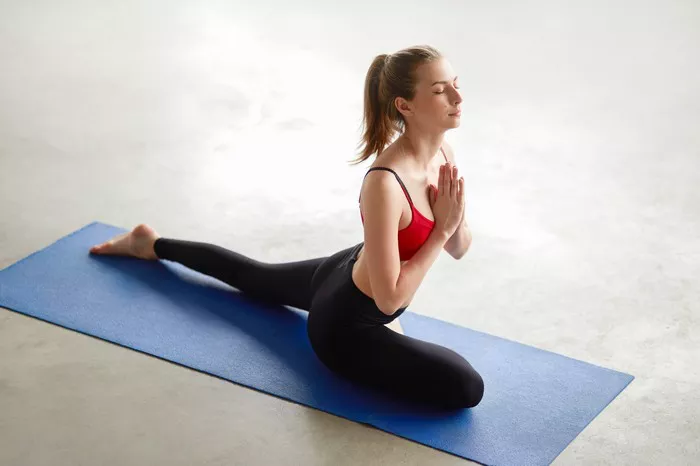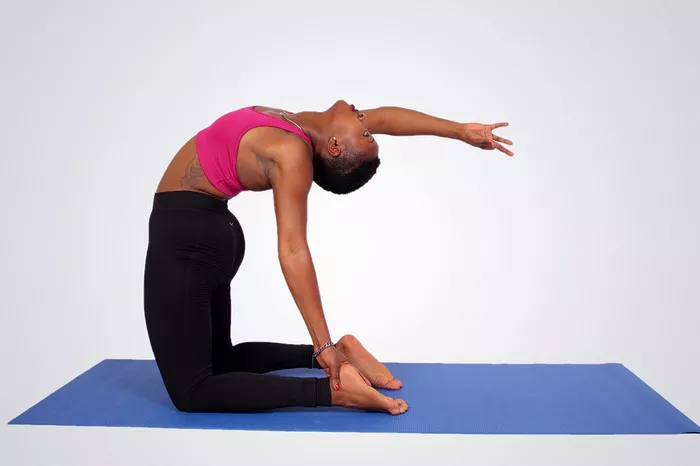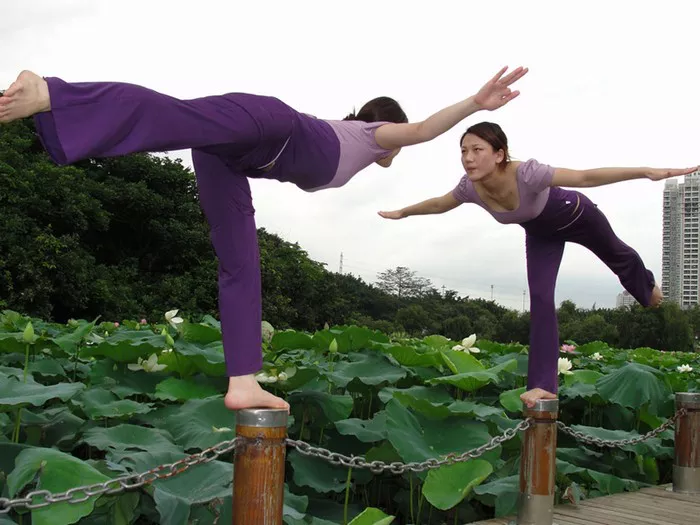Origins and Symbolism
The Star Pose, or “Tara-asana” in Sanskrit, stands out as a symbol of radiance and openness. The pose draws inspiration from the luminosity of celestial bodies, invoking a sense of expansiveness and connection to the cosmos. Its origins can be traced back to classical yoga texts such as the Hatha Yoga Pradipika and the Gheranda Samhita, where it is described as a posture that brings balance and harmony to both body and mind.
In its symbolism, the Star Pose embodies the idea of reaching for the stars, both metaphorically and physically. It encourages practitioners to stretch their limbs outward, embracing the vastness of existence and tapping into their inner luminosity. The pose also symbolizes the unfolding of one’s potential, much like a star bursting forth in the night sky, radiating light and energy in all directions. As such, practicing the Star Pose can be seen as a journey towards self-realization and enlightenment, a quest to shine brightly in the universe.
Physical and Mental Benefits
Beyond its symbolic resonance, the Star Pose offers a plethora of physical and mental benefits, making it a valuable addition to any yoga practice. From a physical standpoint, the pose engages multiple muscle groups, including the legs, arms, and core, promoting strength, stability, and flexibility. By extending the limbs outward, practitioners can experience a deep stretch throughout the body, alleviating tension and increasing range of motion.
Moreover, the Star Pose serves as an excellent posture for improving posture and alignment. By lengthening the spine and opening the chest, it counteracts the effects of prolonged sitting and hunching, fostering a more upright and poised stance. This, in turn, can help alleviate back pain and enhance overall body awareness.
On a mental and emotional level, the Star Pose encourages a sense of expansiveness and freedom. As practitioners reach their arms and legs outward, they cultivate a feeling of openness and spaciousness within themselves, releasing stagnant energy and inviting in a sense of vitality and renewal. The pose also promotes mindfulness and presence, as individuals focus their attention on the sensations arising in the body, tuning into the present moment with clarity and awareness.
Variations and Modifications
Like many yoga poses, the Star Pose can be modified and adapted to suit practitioners of all levels and abilities. Variations and modifications offer options for individuals with different body types, injuries, or limitations, allowing them to experience the benefits of the pose in a safe and accessible manner.
One common variation of the Star Pose involves using props such as blocks or straps to support the arms and legs. For instance, practitioners can place a block between their hands and gently press against it to engage the muscles of the arms and shoulders while maintaining stability. Similarly, using a strap around the feet can assist in achieving a deeper stretch for those with limited flexibility.
Another variation is the Half Star Pose, where practitioners keep one foot grounded while extending the opposite leg and arm outward. This modification provides added stability and support, making it ideal for beginners or individuals with balance issues. Additionally, practitioners can experiment with different arm positions, such as reaching overhead or out to the sides, to vary the intensity of the stretch and target different muscle groups.
Step-by-Step Instructions
To practice the Star Pose safely and effectively, follow these step-by-step instructions:
- Begin in a standing position with your feet hip-width apart and arms relaxed by your sides.
- Take a moment to ground yourself, rooting down through the soles of your feet and lengthening through the crown of your head.
- On an inhale, sweep your arms out to the sides and overhead, reaching towards the sky with your fingertips.
- As you exhale, engage your core muscles and press firmly into the soles of your feet, lifting your heels slightly off the ground.
- Imagine yourself expanding in all directions, like a starburst, as you extend your arms and legs outward.
- Hold the pose for 5-10 breaths, maintaining a steady gaze and a soft, relaxed expression.
- To release, gently lower your heels back down to the ground and bring your arms back to your sides on an exhale.
- Take a moment to notice how you feel, allowing any sensations or insights to arise without judgment.
Precautions and Contraindications
While the Star Pose offers numerous benefits, it may not be suitable for everyone, especially those with certain medical conditions or injuries. As with any yoga practice, it’s essential to listen to your body and modify or avoid poses that cause discomfort or strain.
Individuals with high blood pressure, heart conditions, or vertigo should approach the Star Pose with caution, as the overhead arm position may exacerbate symptoms or raise blood pressure. Similarly, those with shoulder injuries or instability should avoid forcing the arms into positions that cause pain or discomfort. Pregnant individuals may also need to modify the pose by keeping their feet grounded and avoiding deep twists or backbends.
Additionally, if you experience any dizziness, lightheadedness, or shortness of breath while practicing the Star Pose, gently come out of the pose and rest in a comfortable position. Always consult with a healthcare professional before beginning any new exercise regimen, especially if you have underlying health concerns or medical conditions.
Conclusion
In conclusion, the Star Pose offers a gateway to both physical and spiritual illumination, inviting practitioners to tap into their inner radiance and embrace the boundless potential within. By embodying the symbolism of the stars, we can cultivate a sense of expansiveness, connection, and vitality, both on and off the mat. With mindful practice and attention to individual needs, the Star Pose can serve as a beacon of light on the path towards holistic well-being and self-discovery.

